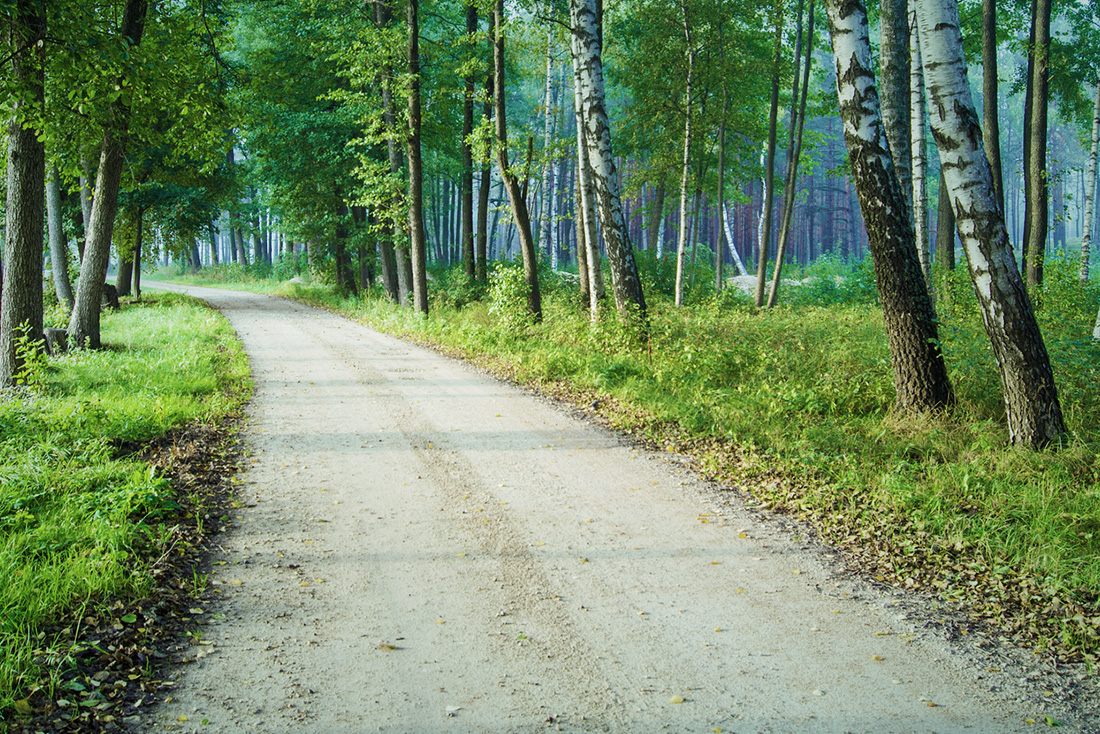Paths & block paved areas
Pathway construction is a subcategory of road construction and deals with the planning, construction and rehabilitation of secondary traffic routes such as rural roads, forestry roads, cycle paths and footpaths. Paths and rural roads can be categorised according to the type of surfacing. A distinction is made between concrete road surfaces, asphaltic concrete surfaces, block paved surfaces and water-bound surfaces.
In the case of water-bound surfaces, the permeability of the unbound base layers is decisive. When laying block paving, a basic distinction is made between two construction methods: unbound and bound construction. With the unbound construction method, no binding agents are used in the construction. The paving blocks and base layers create a stable supporting structure that distributes the loads. With the bound construction method, the paving is laid on a bonded base layer. For optical reasons and because they are easy to repair and reconstruct, block paved surfaces enjoy great popularity in urban settings and are often used in plazas and footways.
One of the most important aspects of path construction is the reinforcement of the base layer. When paths and block paved areas are constructed on subsoils that have a poor load-bearing capacity, the use of cost-effective geosynthetics such as geogrids, composite grids or woven geotextiles is recommended.

All products in the range Paths & block paved areas




